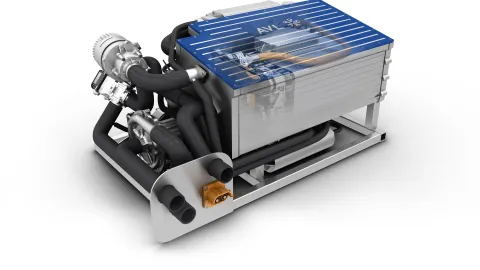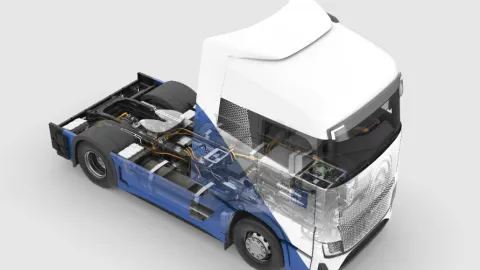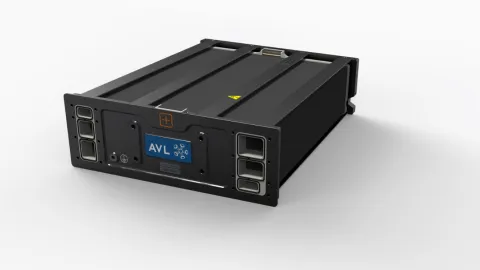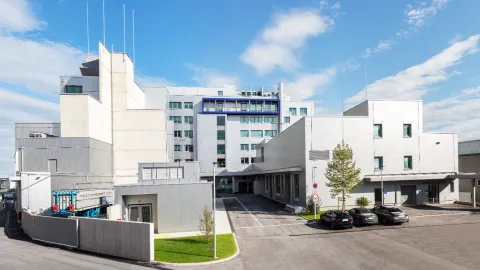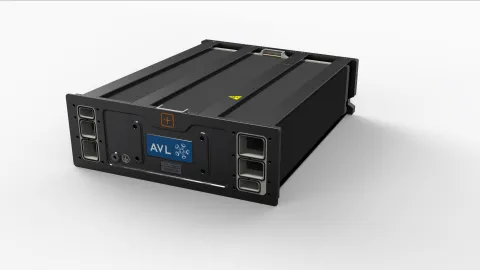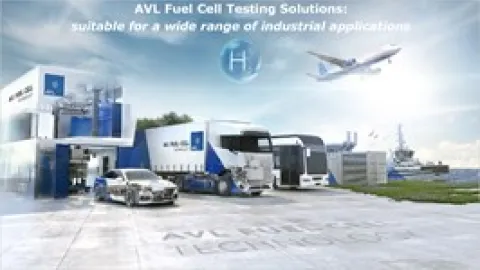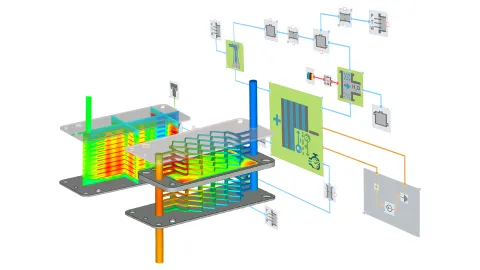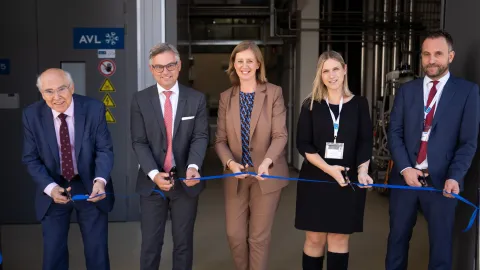Ultimately, PEM system development is about affordable, market-attractive mobility in applications that are difficult to implement using battery power. Here, automotive manufacturers and suppliers face a key challenge: reconciling technical feasibility with market requirements and cost efficiency. Application-specific hurdles also have to be overcome.
Total cost of ownership (TCO) is a key concern for commercial vehicles, requiring durable, space-efficient, and high-performing solutions. Consider the 40-ton truck — a benchmark in PEM system development. It operates under high thermal loads due to steep gradients, tight space constraints, and significant fuel demands, all while needing to last 1.5 million kilometers. Technological challenges like power density and cooling are critical. Unlike internal combustion engines, which release heat through exhaust, fuel cell systems must dissipate all heat via coolant. This requires up to 1.8 times more cooling surface—space that is scarce in commercial vehicles. Meeting these demands calls for smart, compact designs that maintain efficiency and reliability under the toughest conditions.
PEM system development for stationary backup power focuses on reliable, efficient, and self-sufficient energy solutions. Energy providers and facility managers must ensure uninterrupted power during grid failures while meeting market and cost demands. Key challenges include fast black start capability — enabling systems to restart without external power — and long-term self-reliance, supported by robust hydrogen storage and smart control systems. High power output is essential to maintain operations in critical infrastructure and commercial facilities during outages. Unlike mobile systems, stationary setups require advanced cooling solutions, as they lack ram air cooling. Efficient heat management is vital to ensure consistent performance. These systems must be engineered for autonomy, resilience, and strong power delivery in demanding, off-grid scenarios.
Hardware costs play an important role in the adoption of mobile and stationary power systems. With technology like PEM fuel cells that is not yet fully industrialized, achieving large quantities that could reduce costs is a challenge. Therefore, development efforts focus on enhancing efficiency and cost-effectiveness to make these systems more accessible and attractive to the market.
What you need in this environment are solutions in which technology and market considerations go hand in hand. And an engineering partner with the expertise, the development and test environment, as well as the IT portfolio, who will guide you through even the most complex of PEM projects until they are ready for the market.
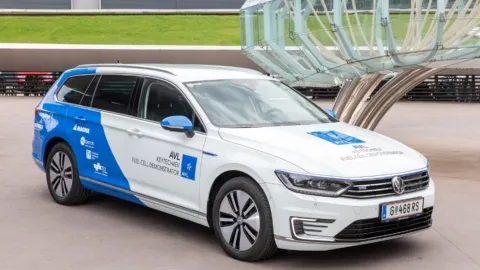
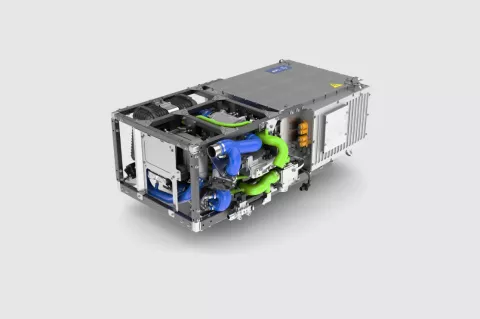
With us as your partner, you can overcome all the challenges of PEM system development.
As experts in PEM system power density, we maximize the power density of your PEM systems for you with low weight, which also has a positive effect on the form factor. In addition, we optimize efficiency at system level – and thus the efficiency specific to the application.
As far as costs are concerned, we make sure that we fine-tune every technically feasible solution into a business case that creates value for you. To do this, we consider the global supply chain and provide production engineering. Hence, we guide your development projects towards industrialization and thereby emphasize aspects such as ease of assembly, process optimization, and factory design.
In all of this, our experience from fuel cell industrialization projects is of great benefit to you. We are also happy to support your development processes at your site. And we have a comprehensive test infrastructure available for the production-ready development of your PEM systems. We are fully integrated both vertically and horizontally, offering all the services you need.
Technological Competitive Edge
With our support, you get a PEM fuel cell system with market leading KPIs: power density, efficiency, durability. We have the right technical solutions for you in all these areas, whether at stack level or for system integration.
Reduced Risk
We counter technical, economic, and timeline risks with our special development process, which relies on frontloading through simulation. This enables you to efficiently assess and minimize risks in the early stages.
Market-ready More Quickly
We provide PEM system and stack experts, who work with you to develop the best possible solution. This allows us to optimize your development time and minimize your risk.
Expertise in Methods and Fuel Cells
We provide comprehensive development with precise simulations that move important process steps forward in time. In the same way as we have proven by many decades of automotive engineering.
We know how to manage a Design Verification Plan (DVP) and combine this knowledge with the fuel cell expertise that is anchored in our company. We are applying our many years of experience in disciplines such as electrics and electronics (E/E), systems engineering, and design to your PEM fuel cell.
In detail: When developing a PEM system, our specialist department only accounts for around 12 to 14 percent of expenditure. The rest comes from classic disciplines, in which we apply existing knowledge from engine packaging, validation, etc. to the fuel cell.
Fuel Cell System Design
The system design is crucial to success when it comes to high power densities. To achieve the most compact implementation possible, we focus on the interfaces between the stack and the components.
Control Software
For system control, we develop production-ready, modular software for operation with implemented diagnostics, processes, and safety functions.
Validation and Testing
We validate and verify your PEM system up to the release recommendation for series production. For this, we have the proven methodology (DVP) as well as the state-of-the-art testing infrastructure at our test centers. Just like you are used to from the traditional field of the internal combustion engine (ICE).
Related Topics
We are constantly working on new solutions. The following might be interesting for you:
